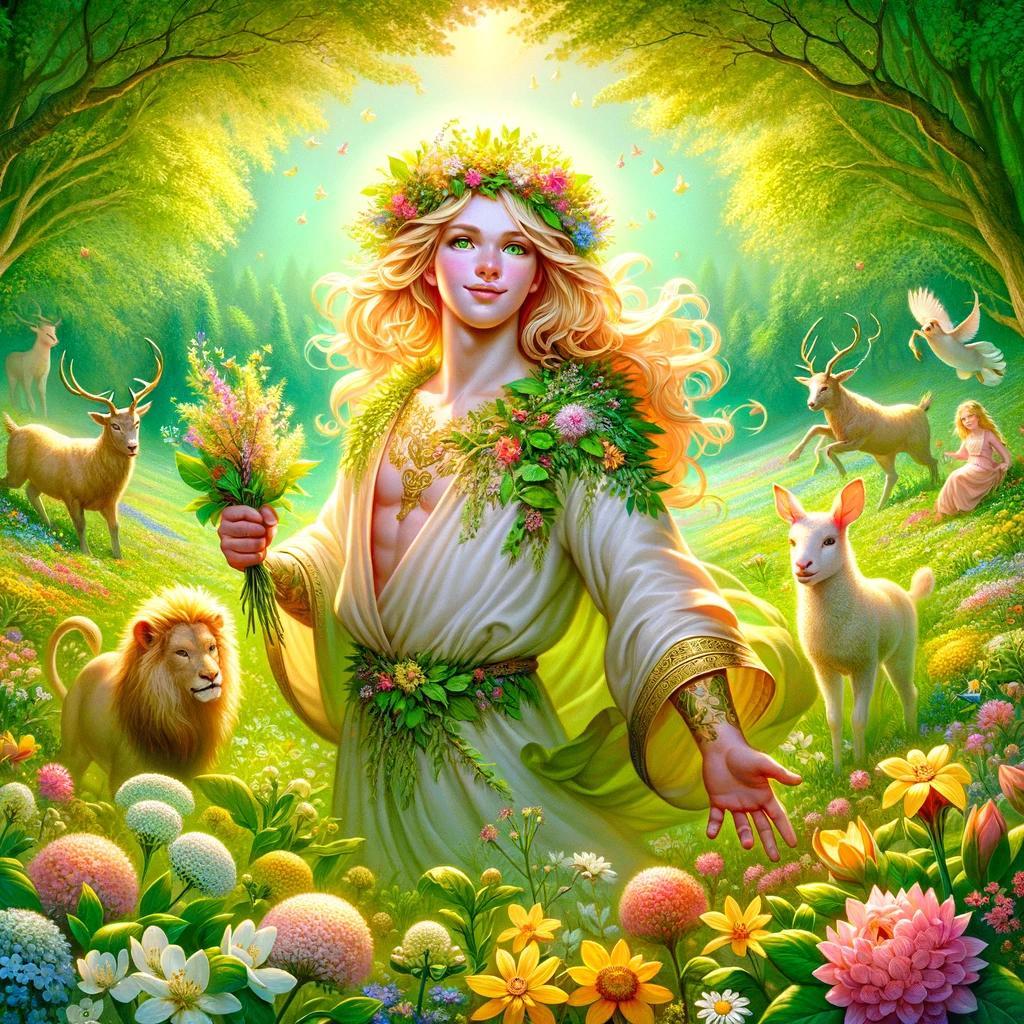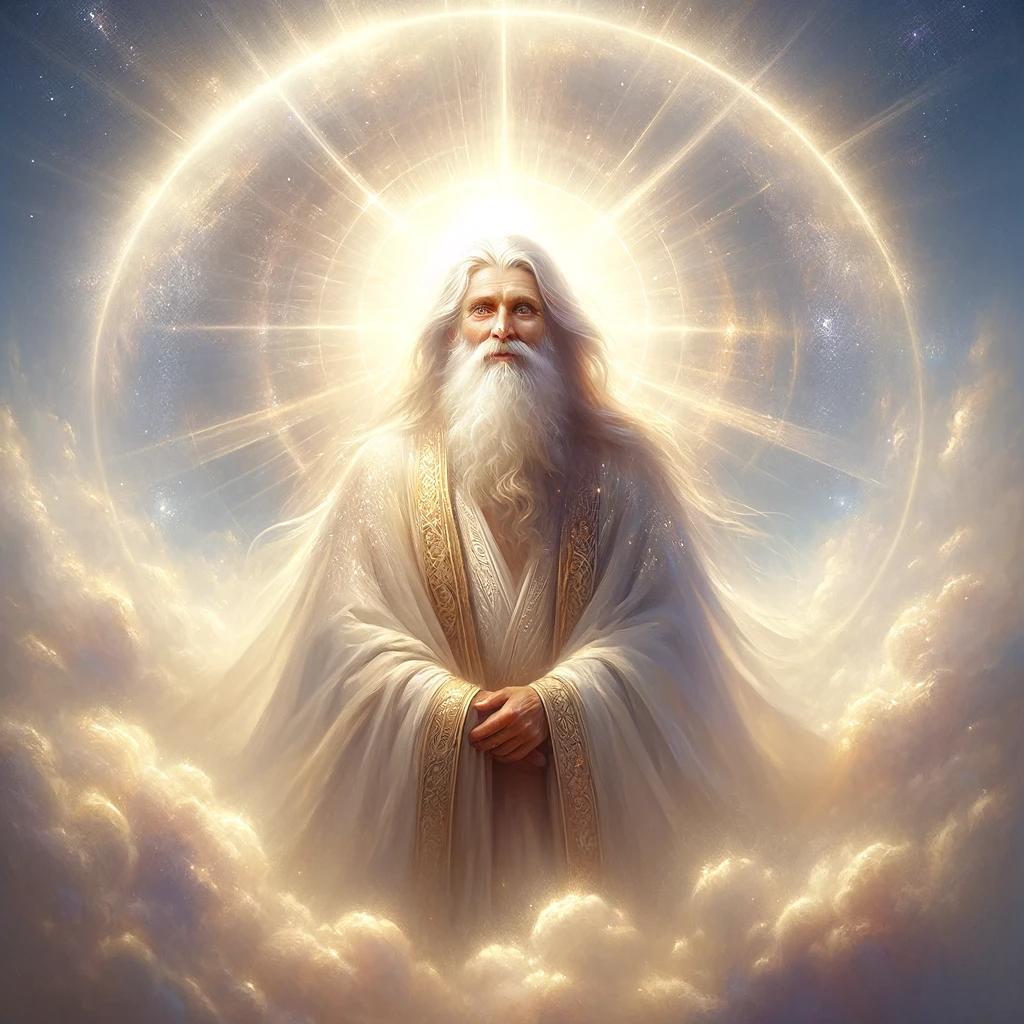All You Need To Know About The Ancient Slavic Gods and Goddesses
Slavic gods and goddesses have long been revered in the rich mythology and religious traditions of Eastern Europe. From Perun, the mighty god of thunder and sky, to Lada, the goddess of love and beauty, these deities hold a significant place in Slavic culture.
Throughout history, beliefs, rituals, and worship of these ancient gods have shaped the lives and art of the Slavic people. In this article, we will delve into the origins, pantheon, and influence of Slavic mythology, exploring its connections to other pantheons and the contemporary revival of Slavic religion.
List of Slavic Gods and Goddesses
The Slavic Gods and Goddesses
Introduction to Slavic Mythology and Religion
Slavic mythology and religion are rich with a diverse array of gods and goddesses, each representing different aspects of life and nature.
Exploring the beliefs and practices of the Slavic people allows us to glimpse into their ancient traditions and understanding of the world.
Origins and History of Slavic Deities
The origins of Slavic deities can be traced back to the pre-Christian era, rooted in ancient Indo-European beliefs.
As tribes migrated across Eastern Europe, these mythologies evolved and blended, resulting in a unique pantheon of gods and goddesses.
Key Figures in Slavic Mythology
Within Slavic mythology, there are several key figures who hold significant roles and symbolism. Perun, the god of thunder and sky, embodies power and protection. Veles, the god of earth and the underworld, is associated with nature and the afterlife.
Lada, the goddess of love and beauty, represents fertility and harmony.
The Pantheon of Slavic Gods and Goddesses
The pantheon of Slavic gods and goddesses is vast and diverse. Lada, as a symbol of beauty and fertility, holds a prominent place within the pantheon. Svarog, the creator and blacksmith god, is revered for his role in shaping the world.
Each deity within the pantheon contributes to the intricate tapestry of Slavic mythology.
Beliefs, Rituals, and Worship in Slavic Religion
Pagan Practices and Traditions
- Slavic religion included various pagan practices and traditions.
- Worshipers conducted rituals to honor and seek favor from the gods and goddesses.
- Offerings, prayers, and sacred spaces played integral roles in religious practices.
Festivals and Celebrations of Slavic Deities
- The Slavic people celebrated festivals and annual events dedicated to their deities.
- These celebrations included feasts, music, dance, and rituals specific to each deity.
- Key festivals included the summer solstice and harvest celebrations.
Offerings and Devotions to the Gods
- Worshipers made offerings ranging from food and drink to precious objects.
- Devotions involved prayers, songs, and dances performed to honor the gods.
- Temples and sacred spaces served as focal points for worship and religious gatherings.
Influence of Slavic Mythology in Culture and Art
Slavic mythology has had a profound impact on the culture and art of the region.
It permeates literary works, folklore, visual arts, and even contemporary pop culture. The stories and symbolism associated with Slavic gods and goddesses continue to inspire and captivate audiences.
Comparison of Slavic Gods with Other Pantheons
The gods and goddesses of Slavic mythology share similarities and differences with other pantheons.
Norse mythology, for instance, exhibits comparable deities and themes. Slavic mythologies also reveal connections to Greek, Roman, and Baltic traditions, reflecting shared cultural influences.
Modern Interpretations and Revival of Slavic Religion
Since the resurgence of interest in ancient beliefs, there has been a modern interpretation and revival of Slavic religion.
Contemporary pagan movements strive to preserve and reconstruct the old ways, but they face challenges and controversies. The future holds prospects for the preservation and continuation of Slavic religious beliefs.



